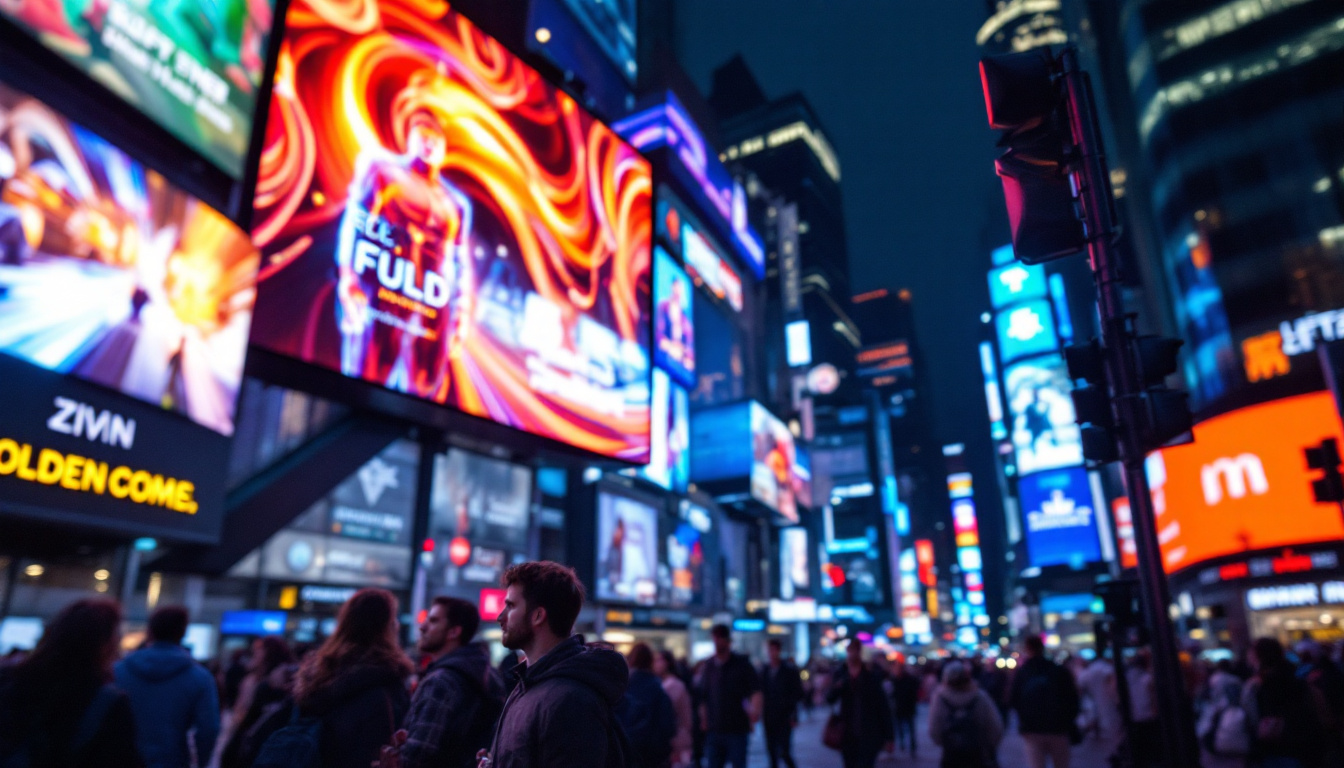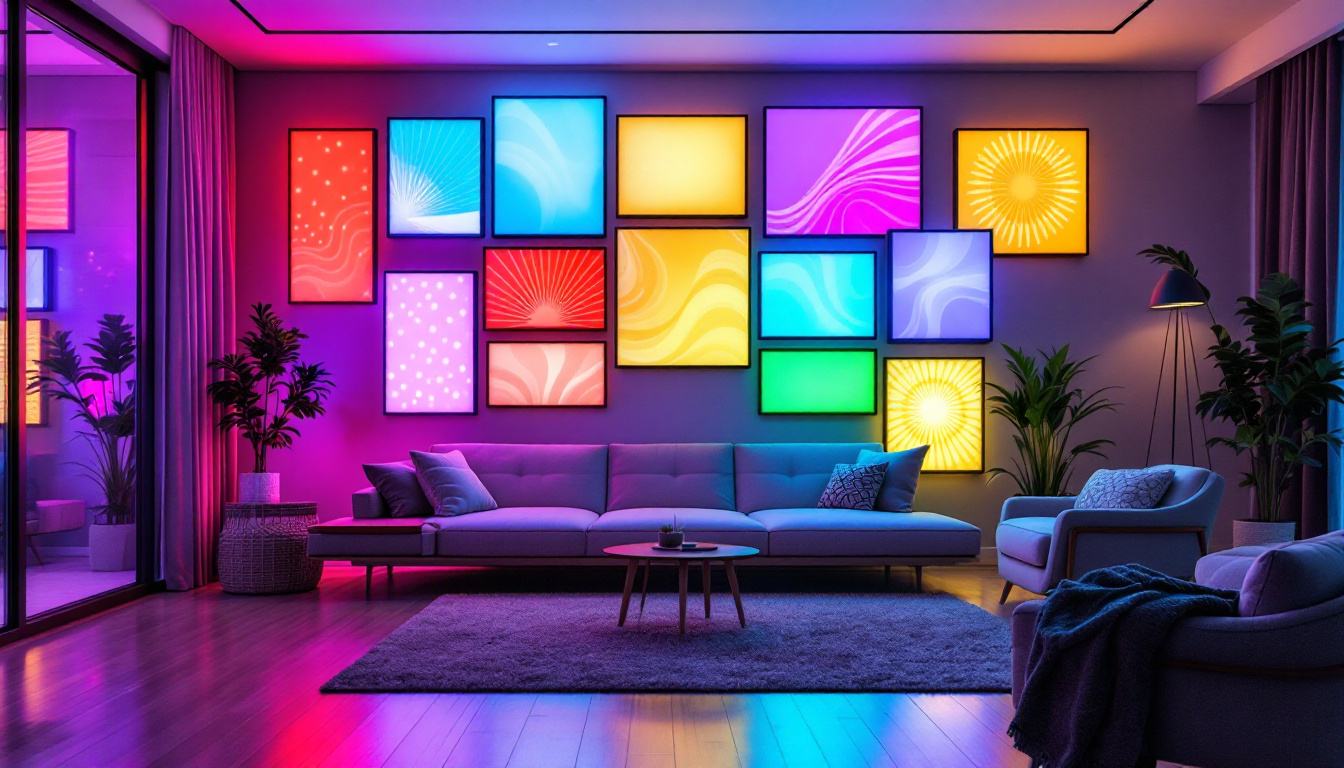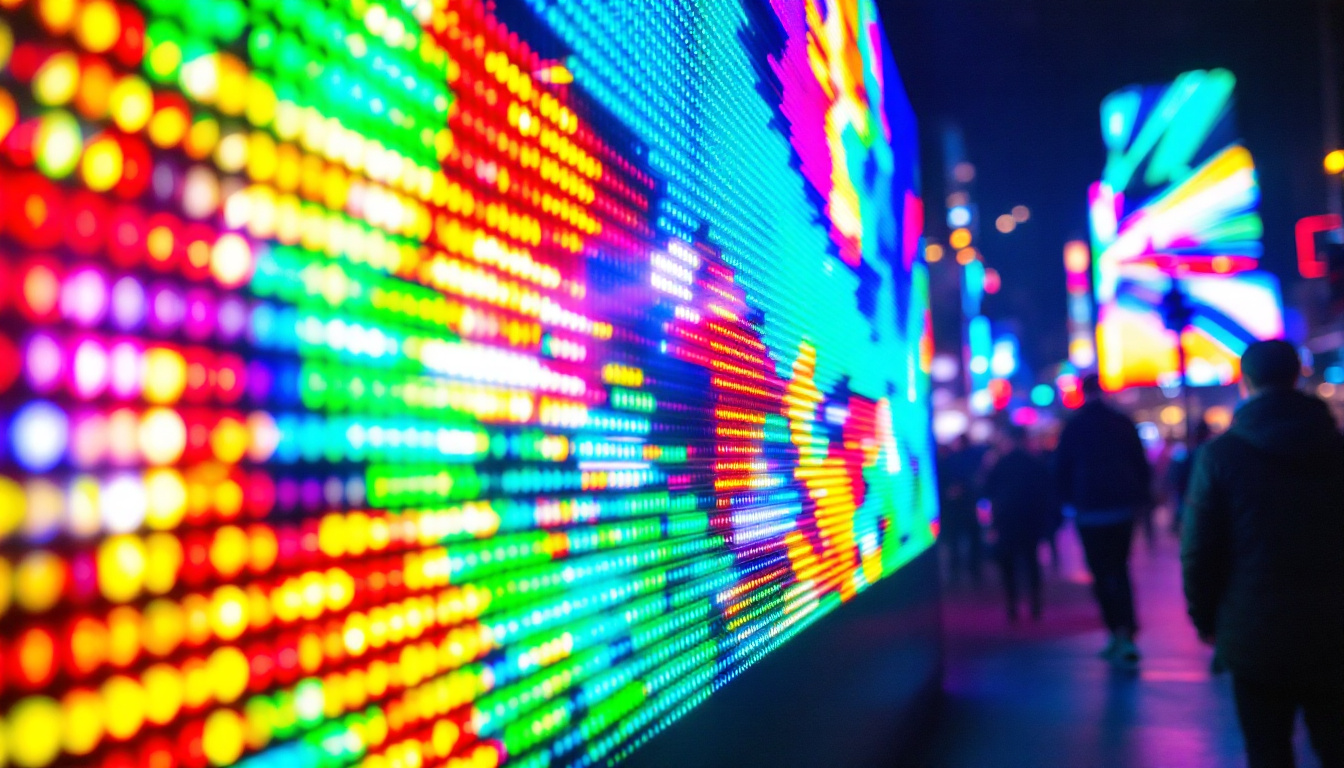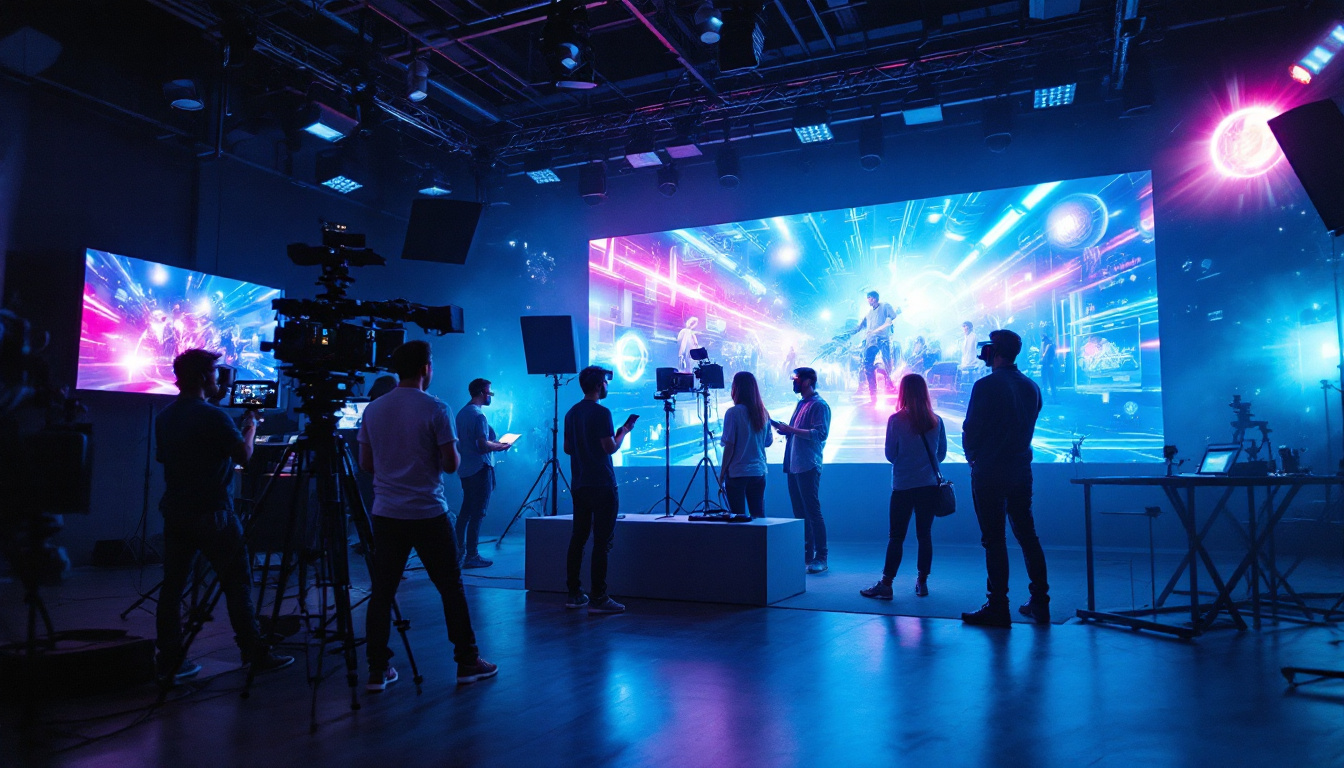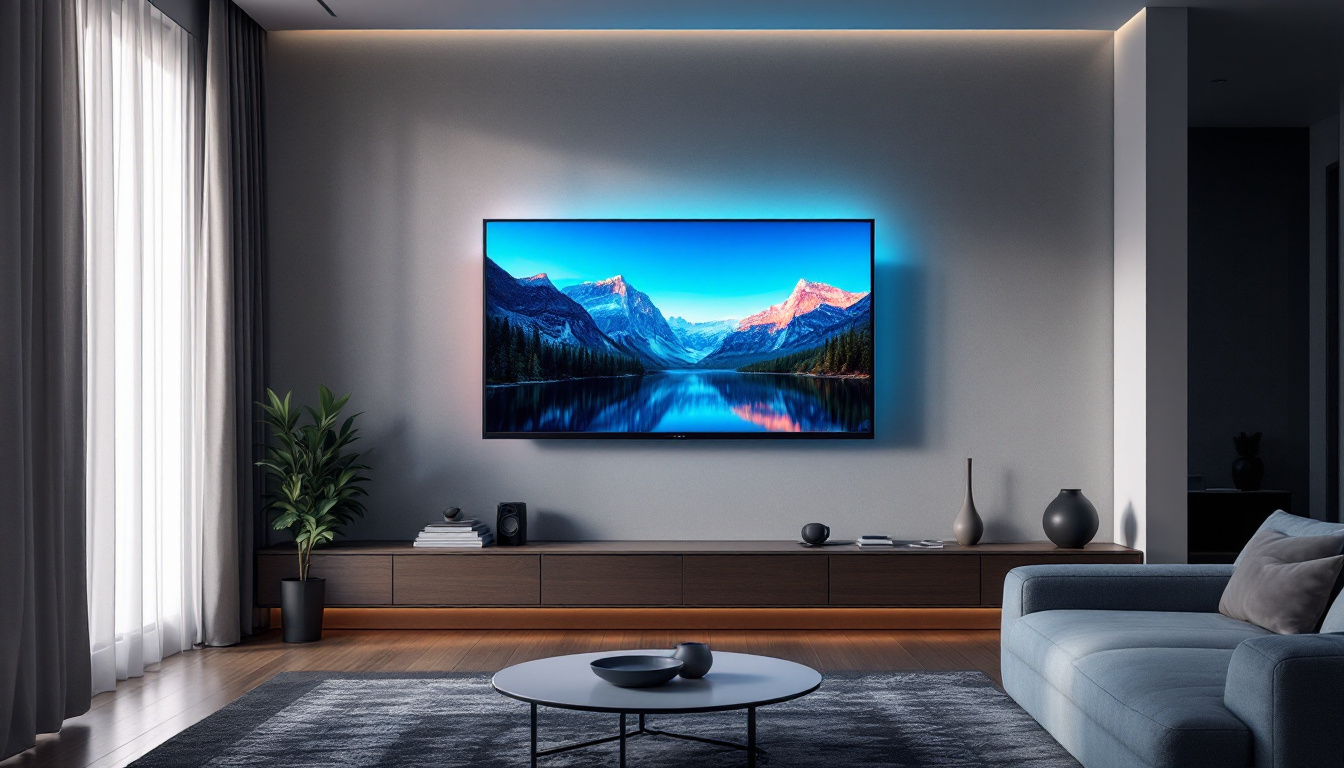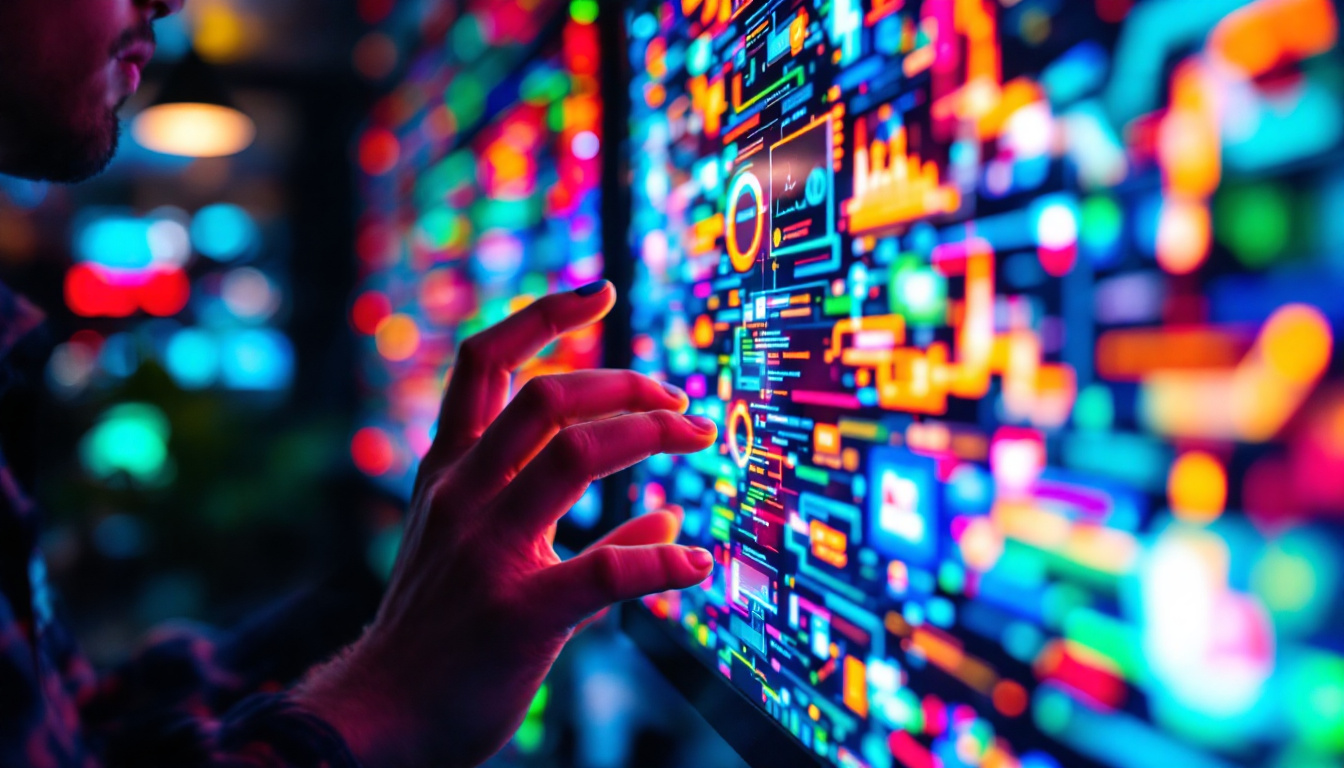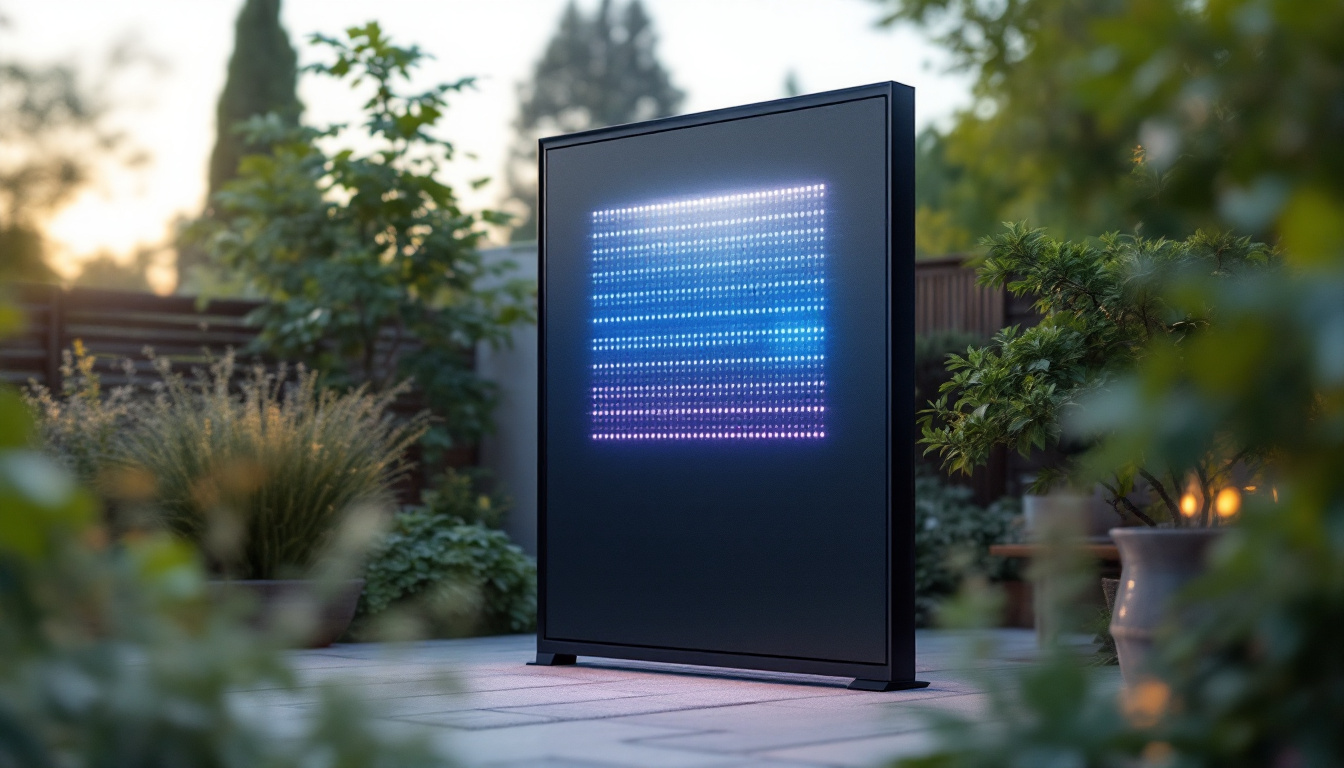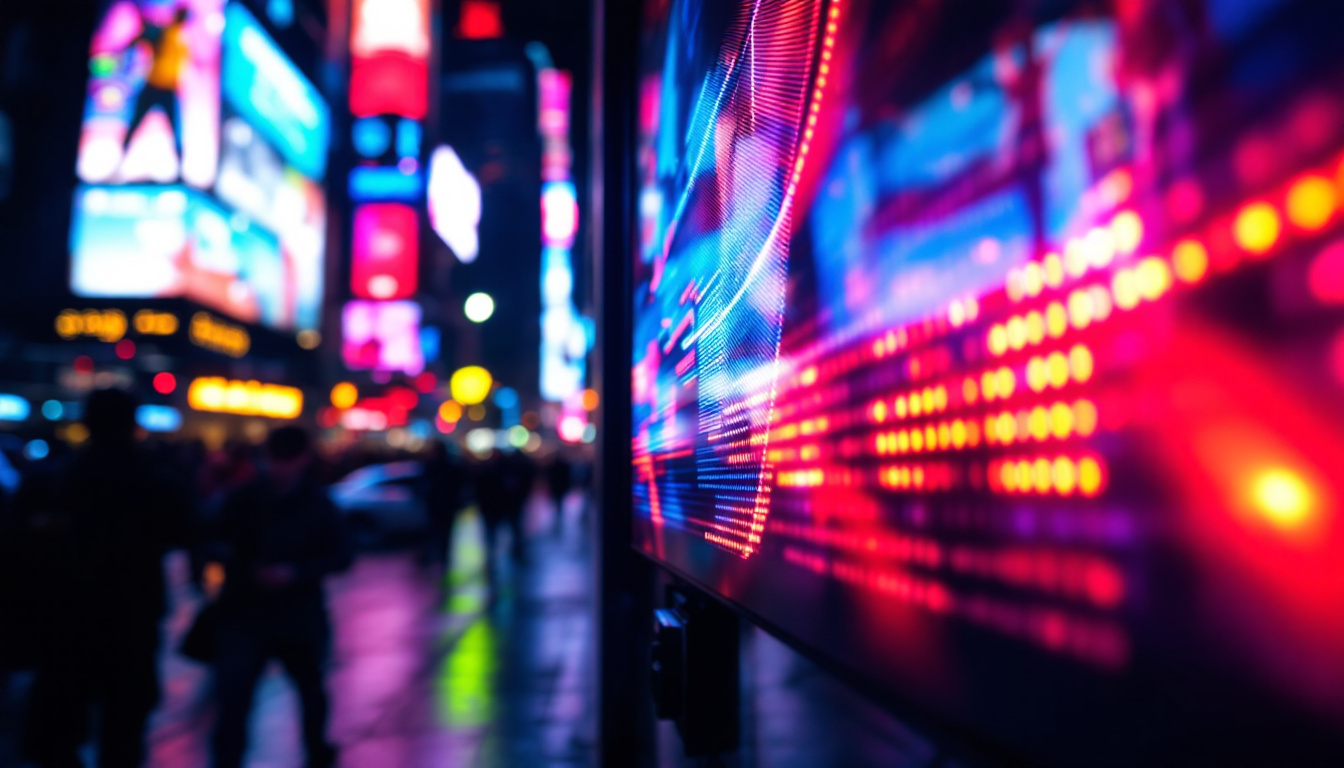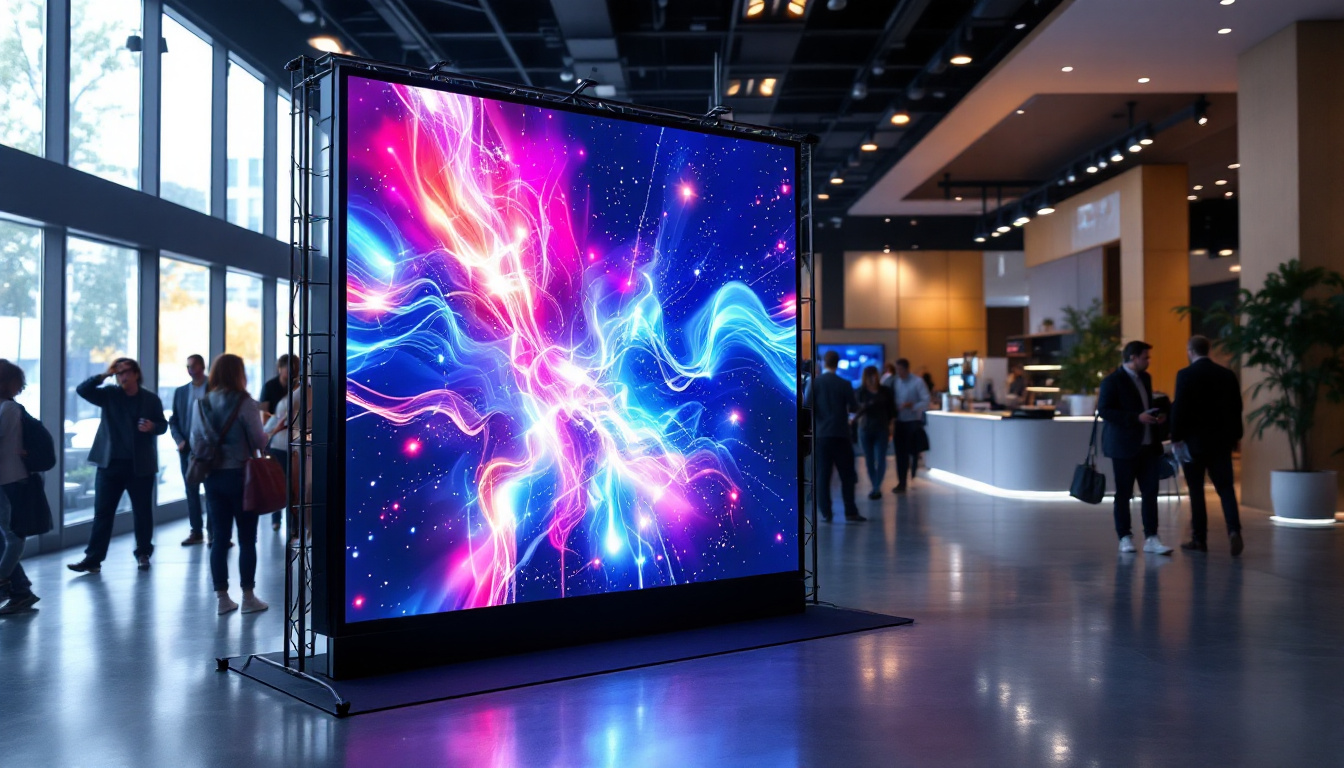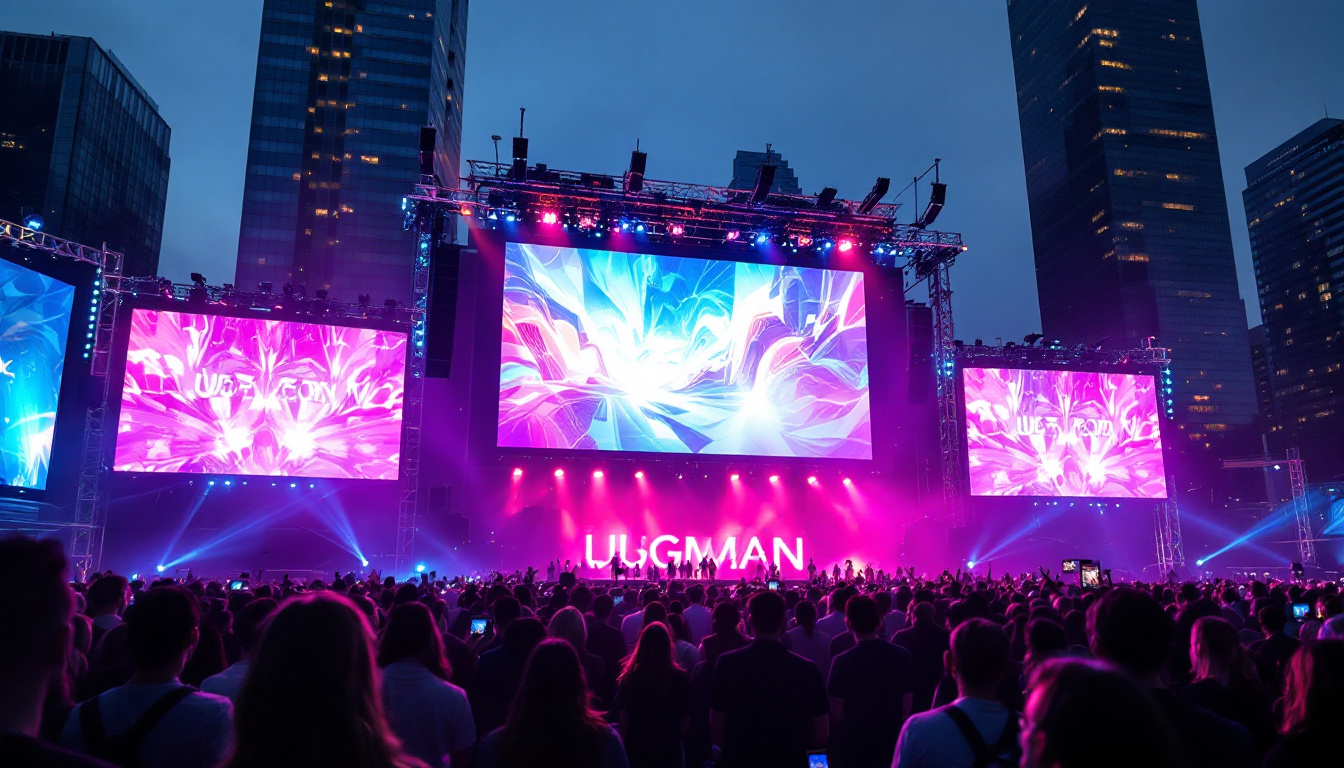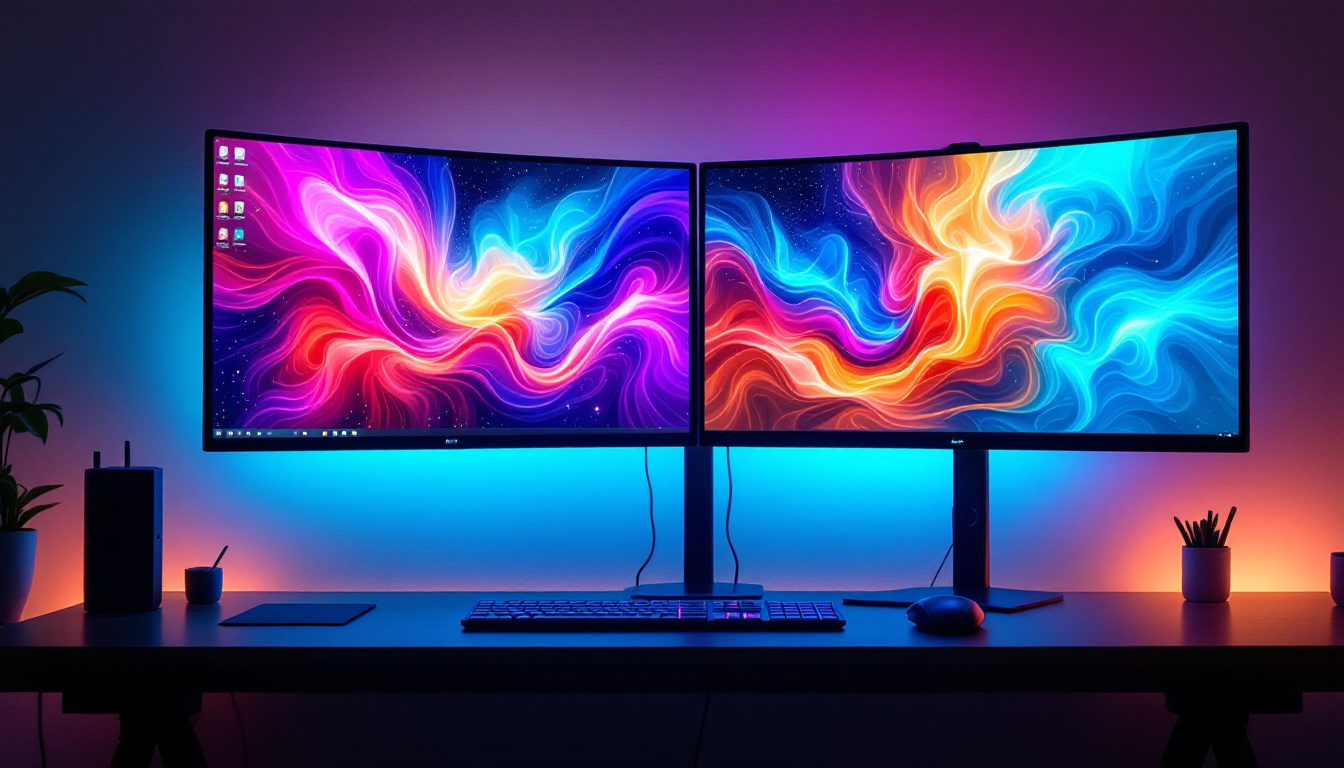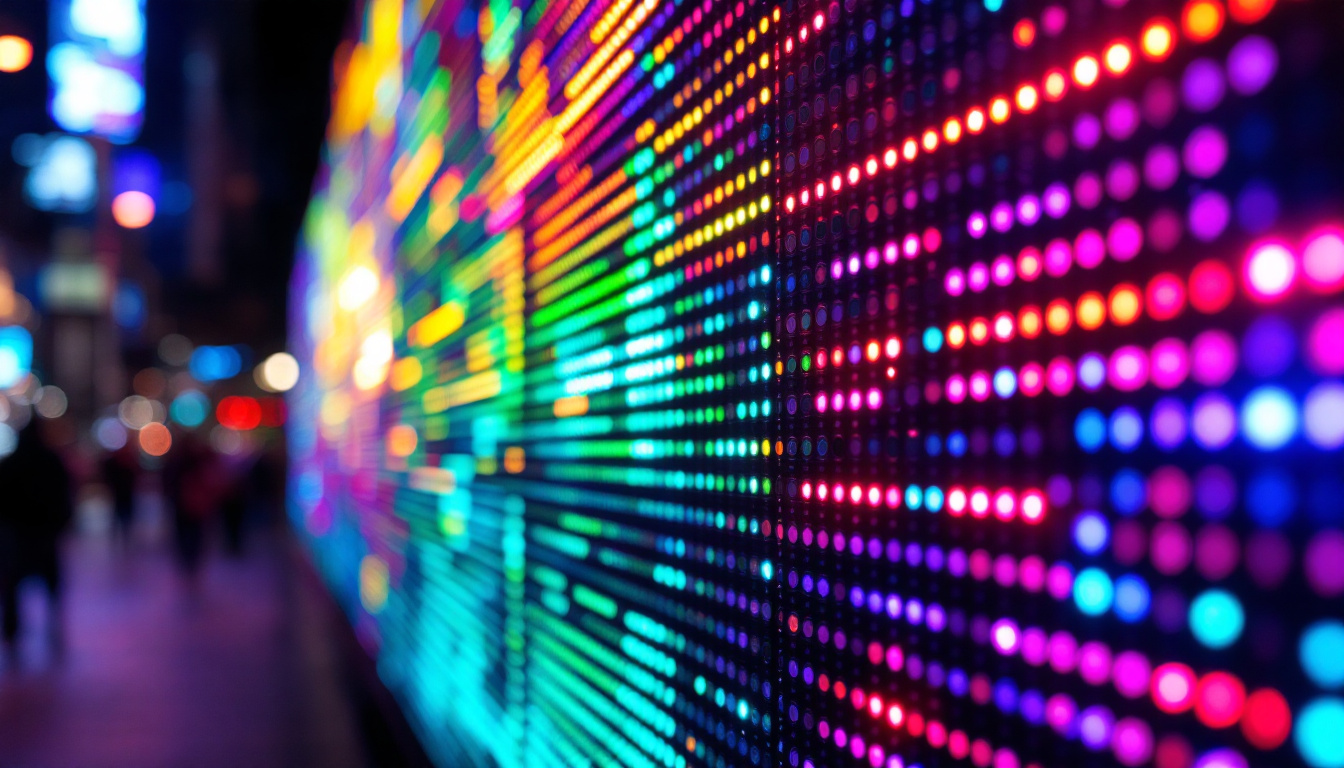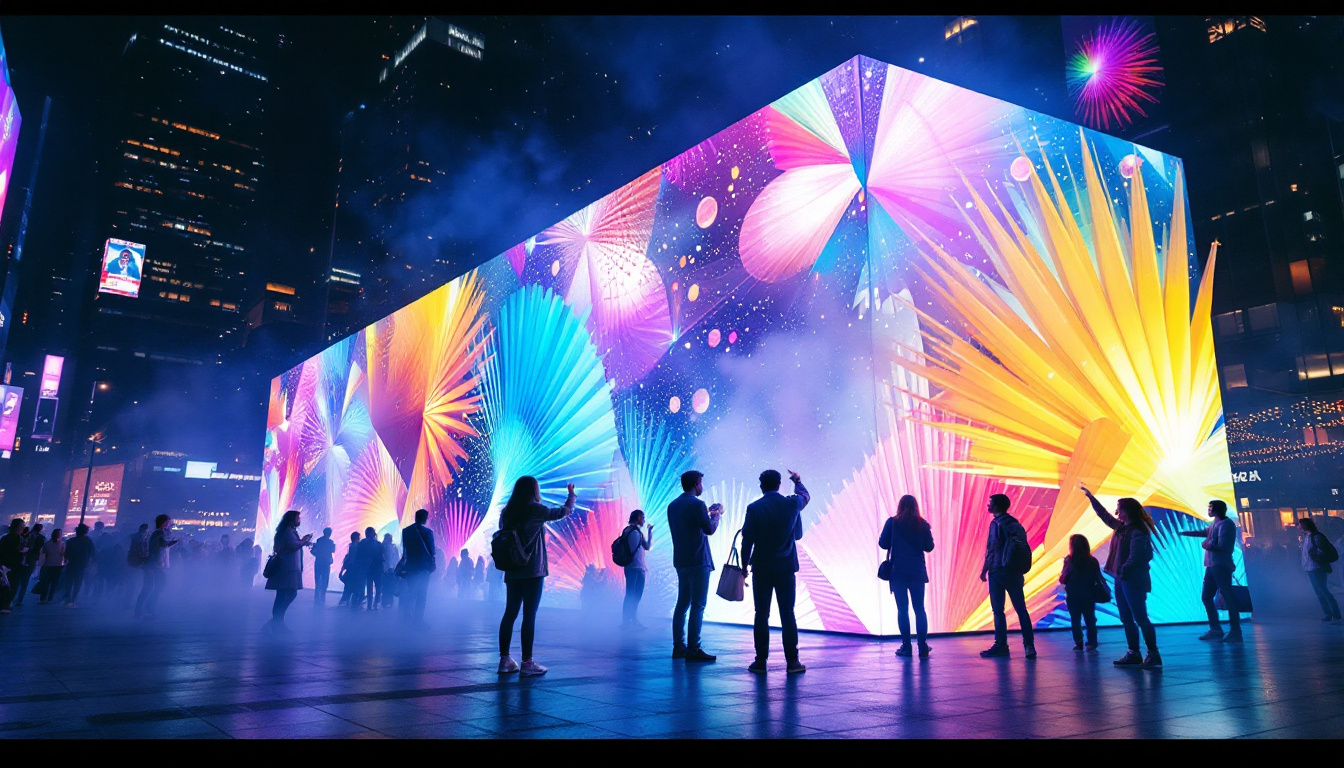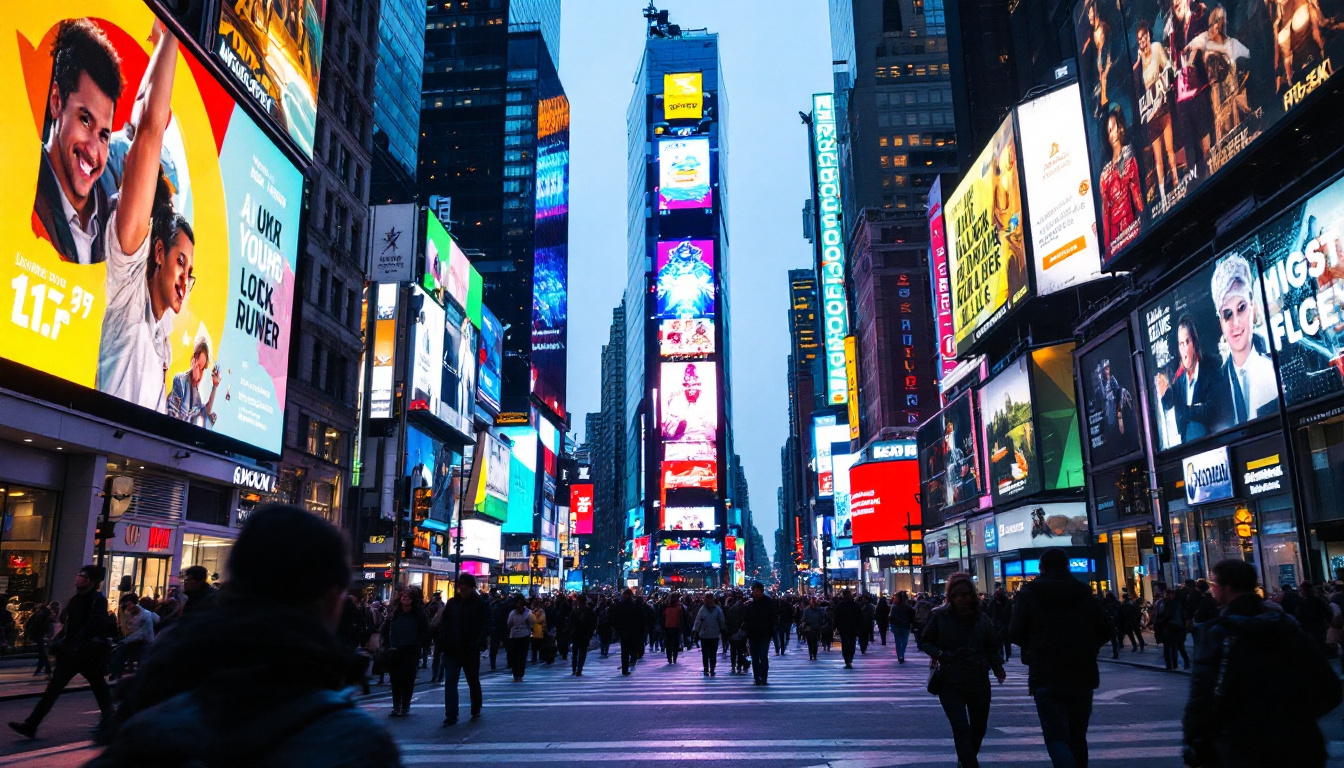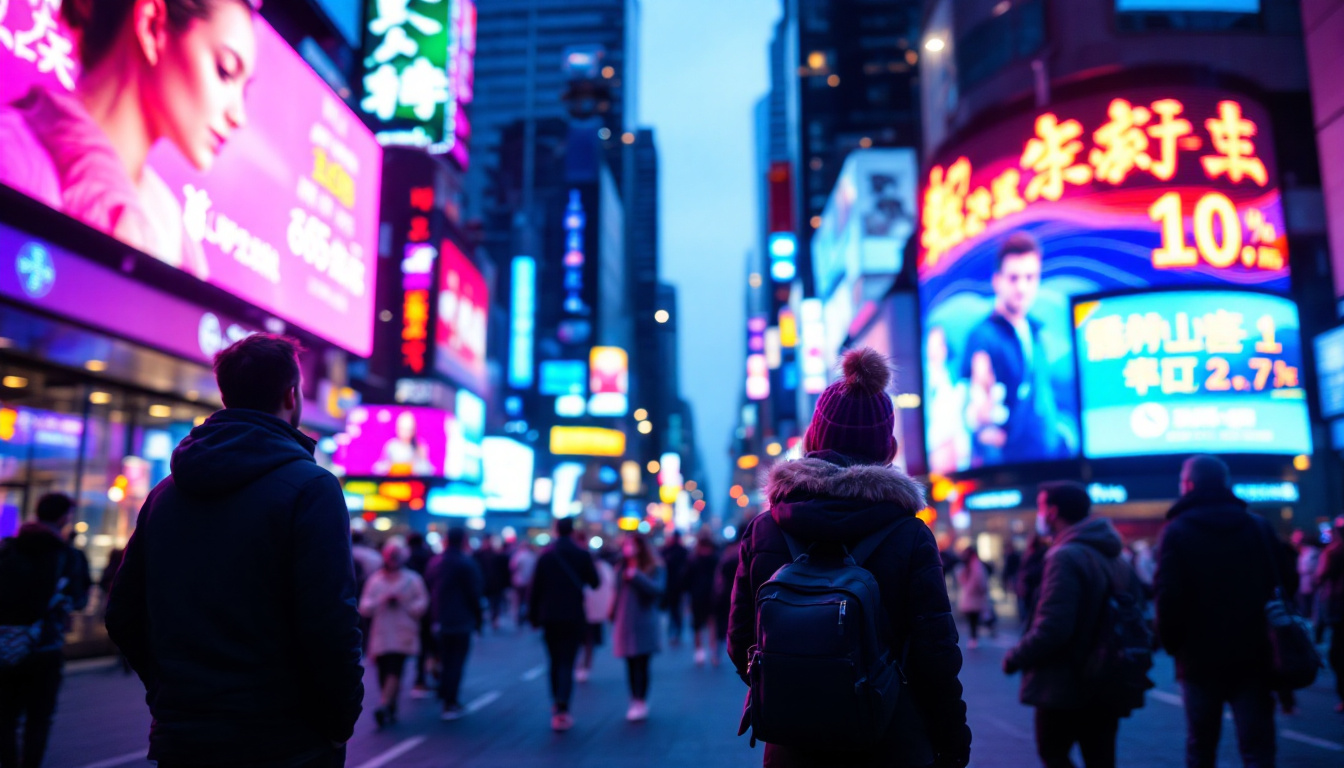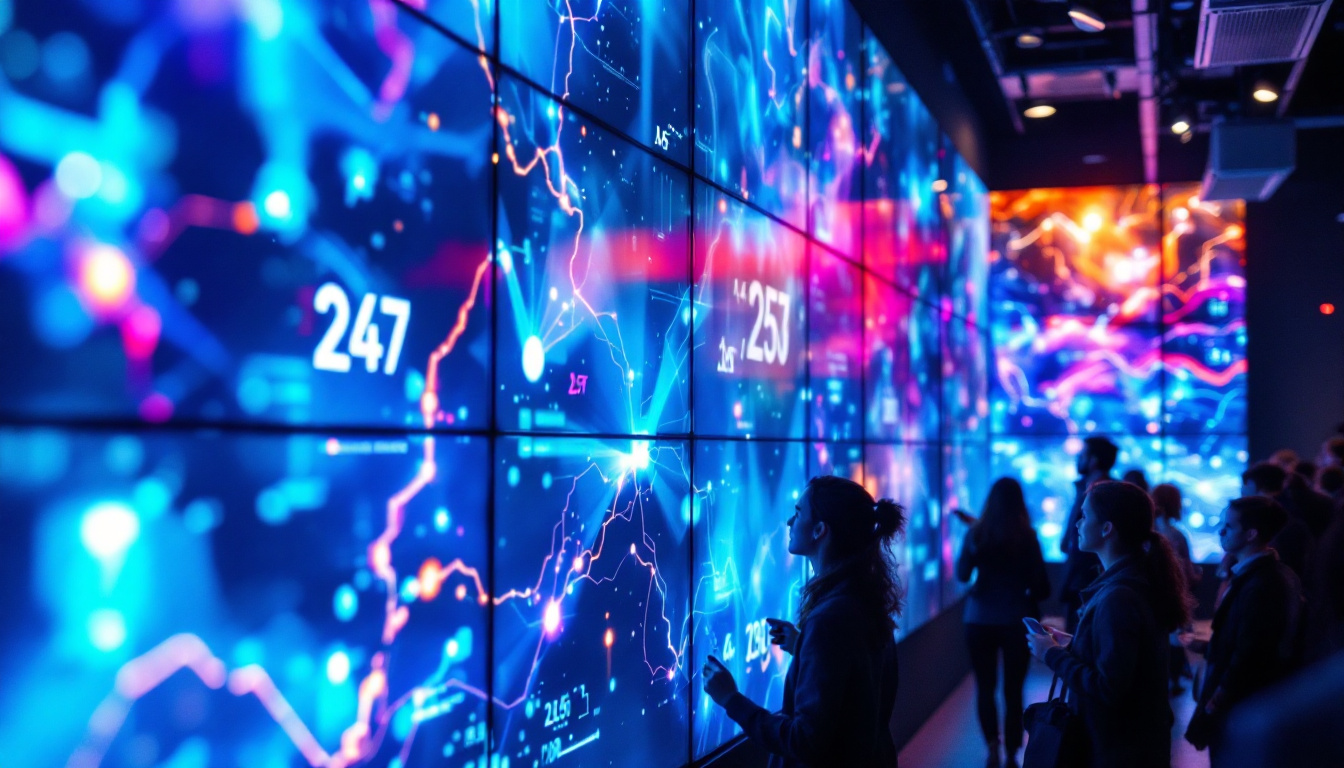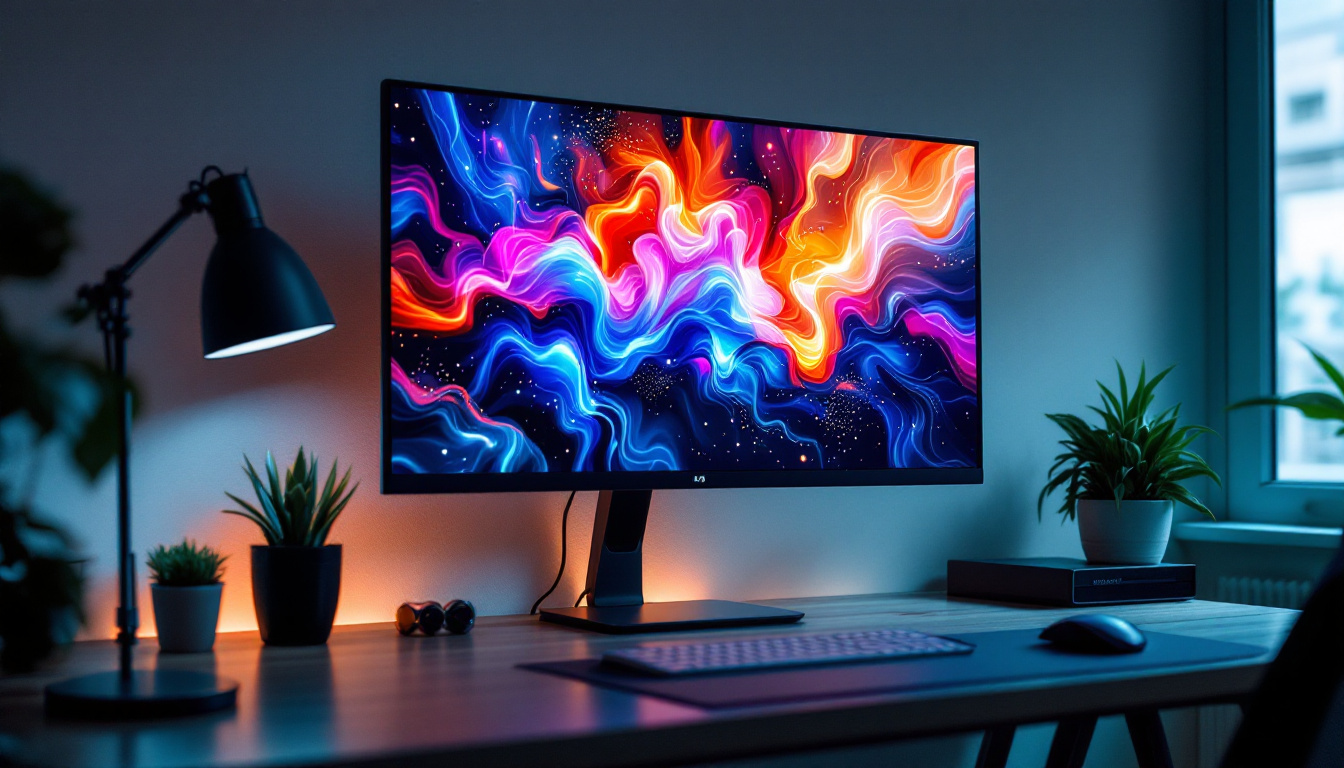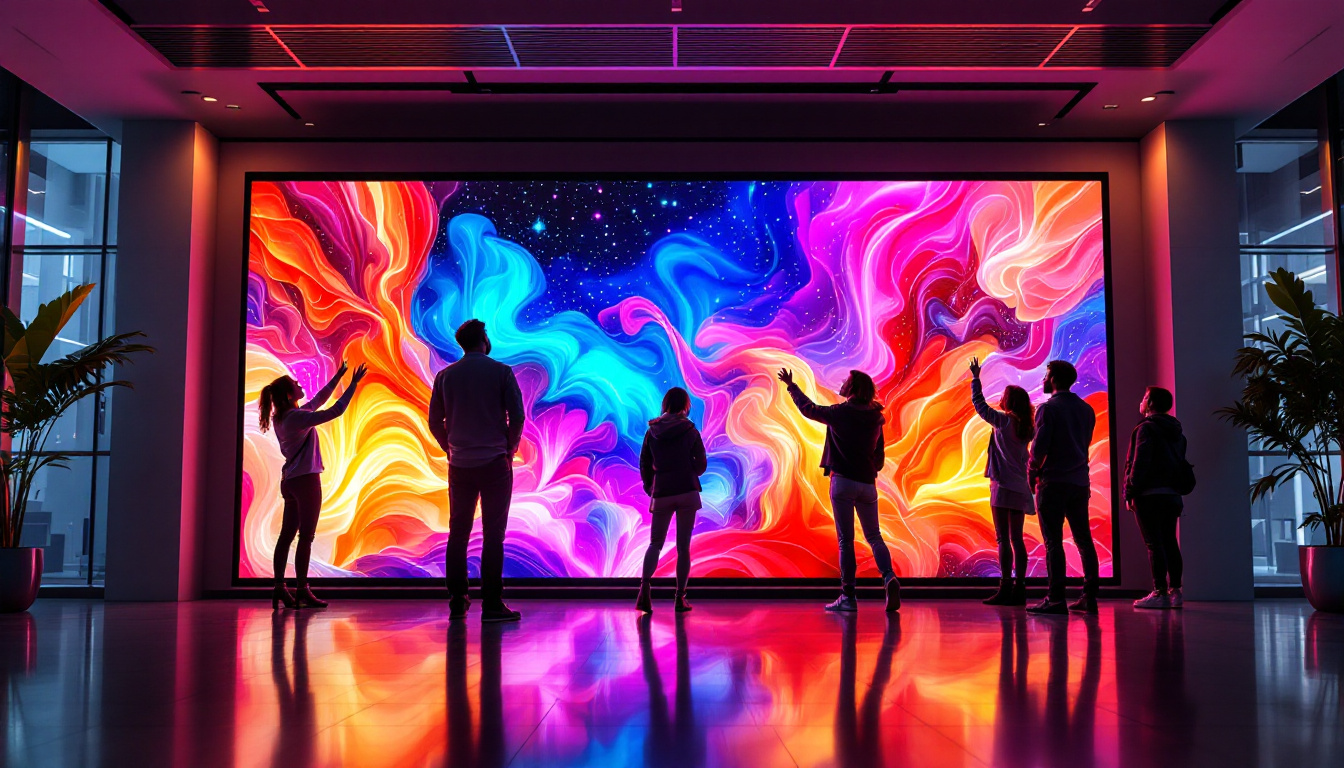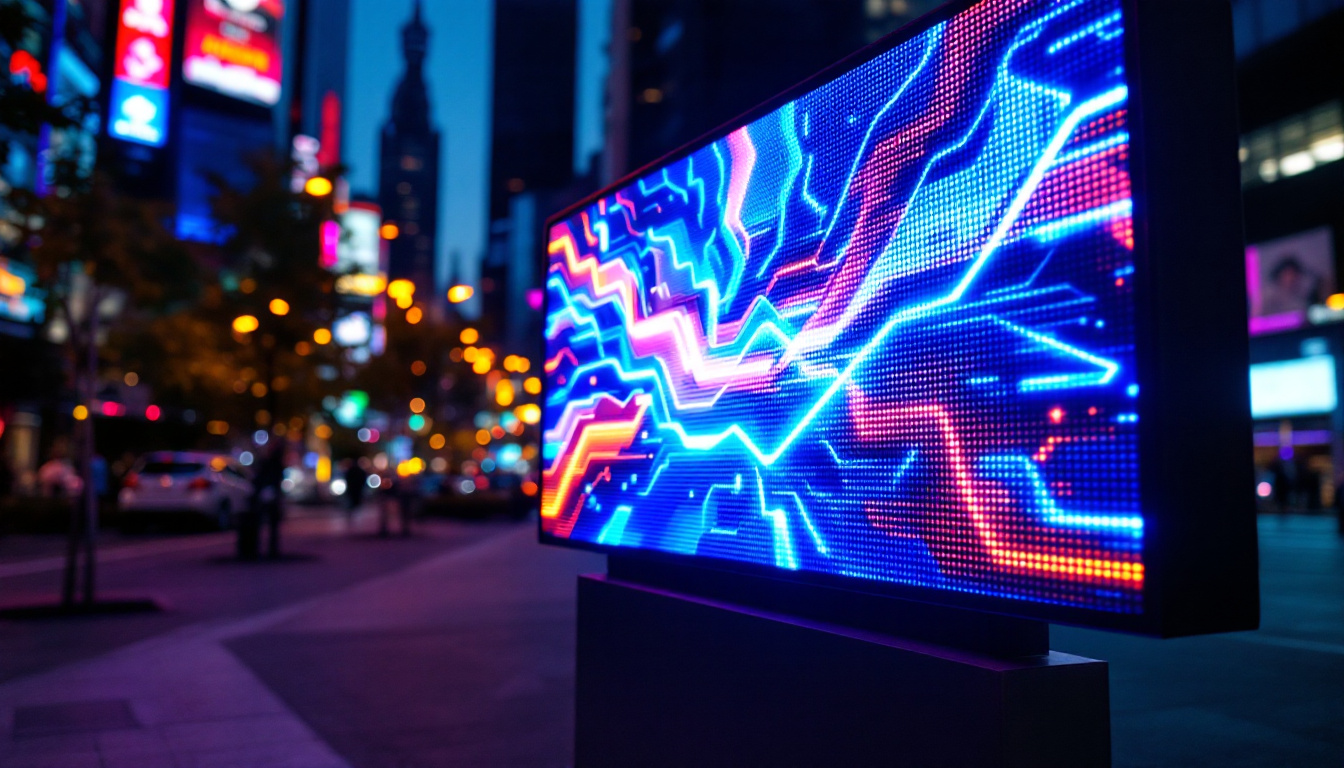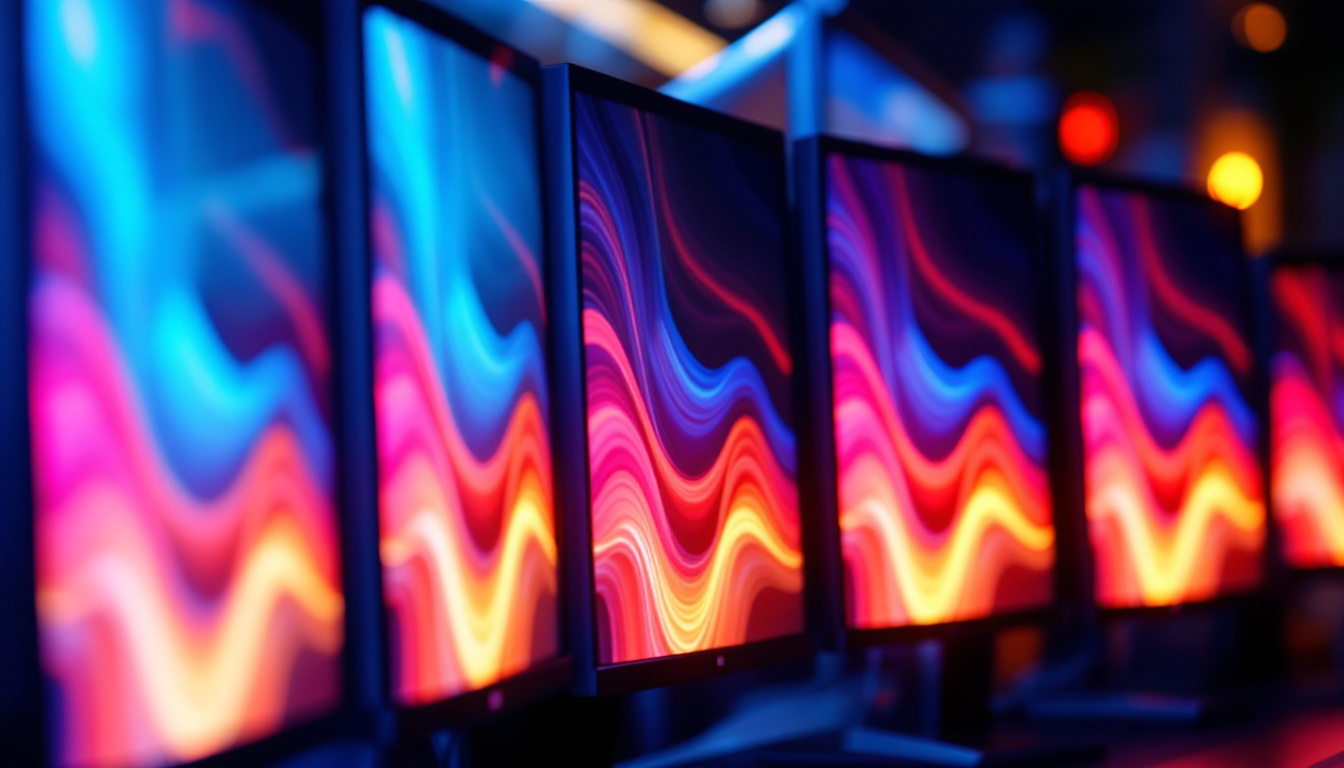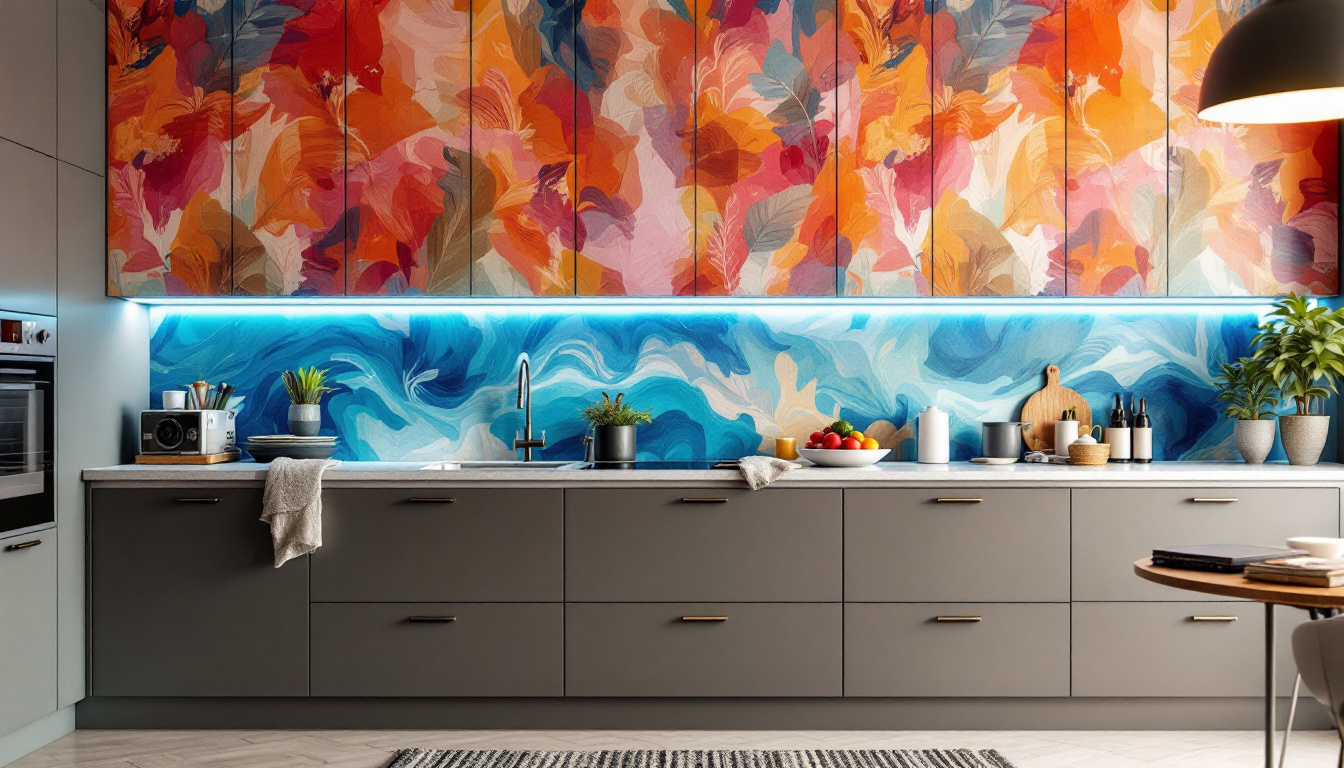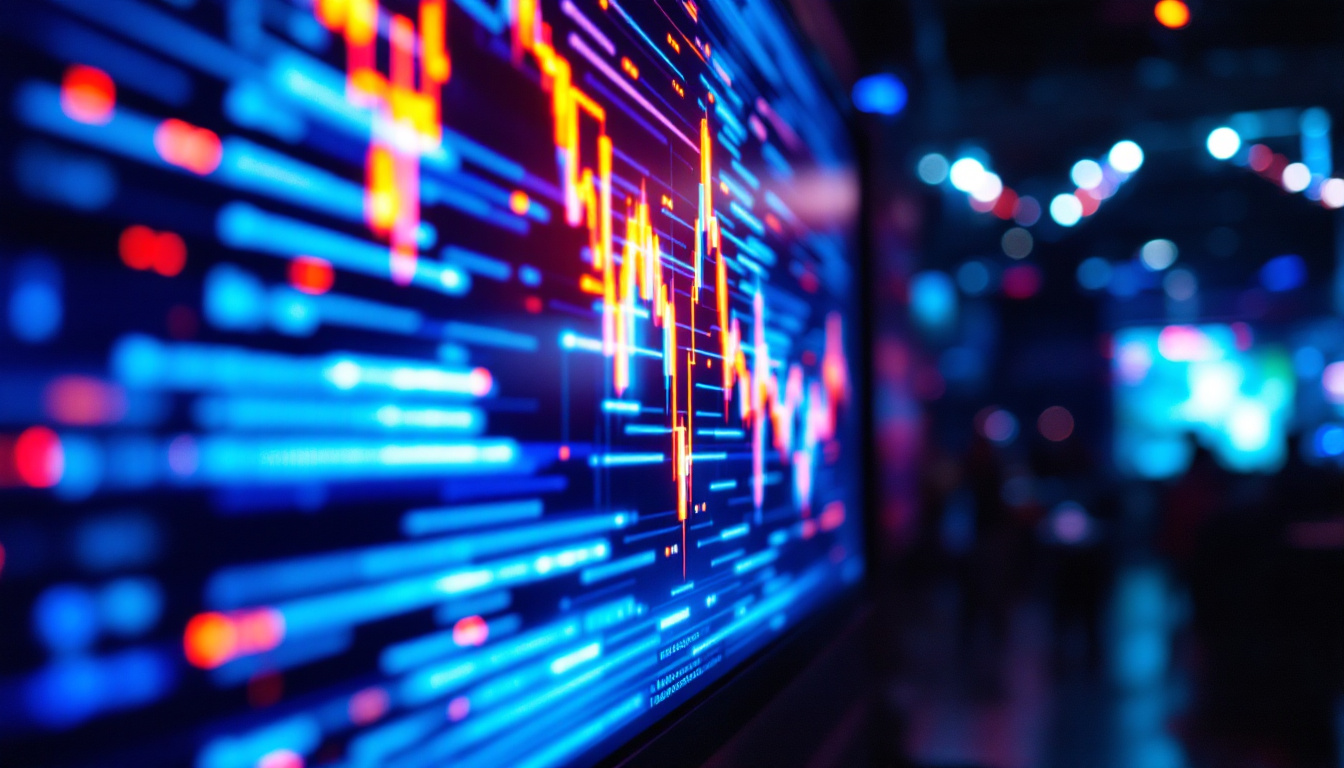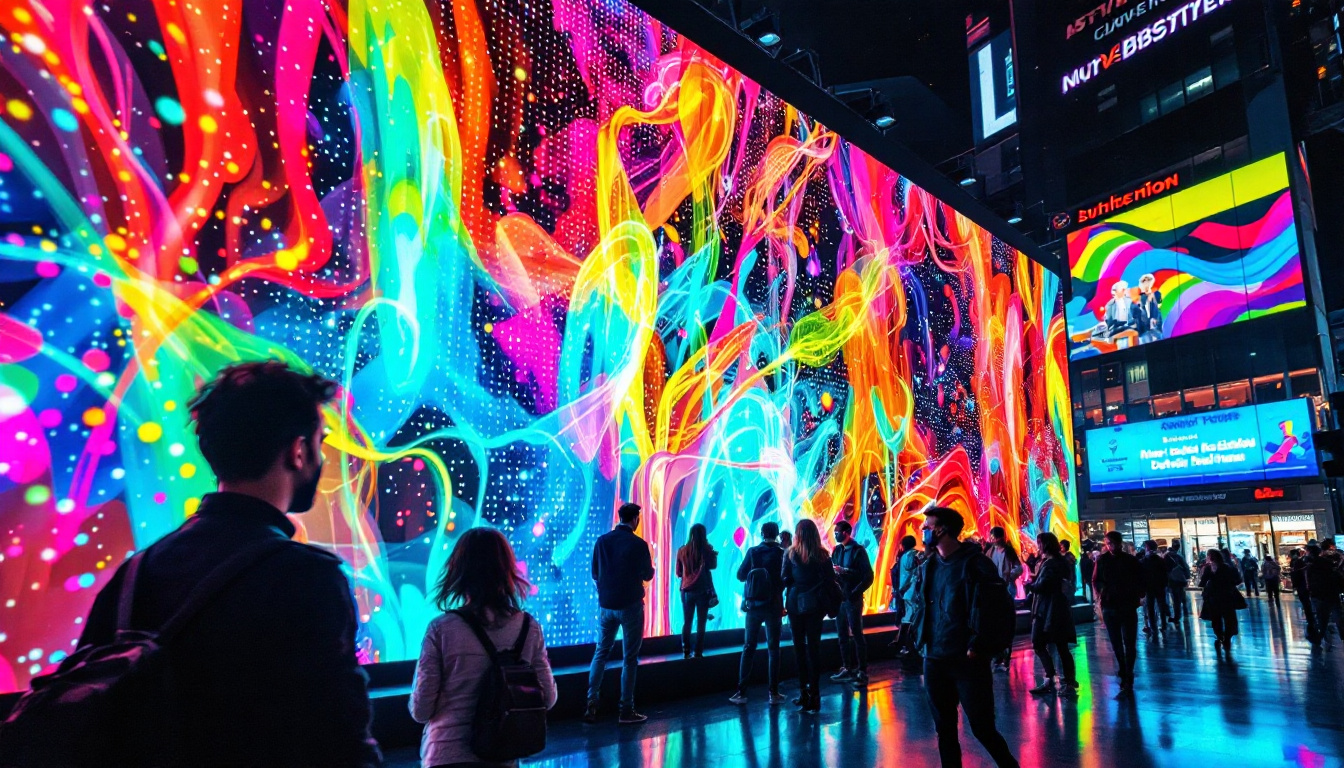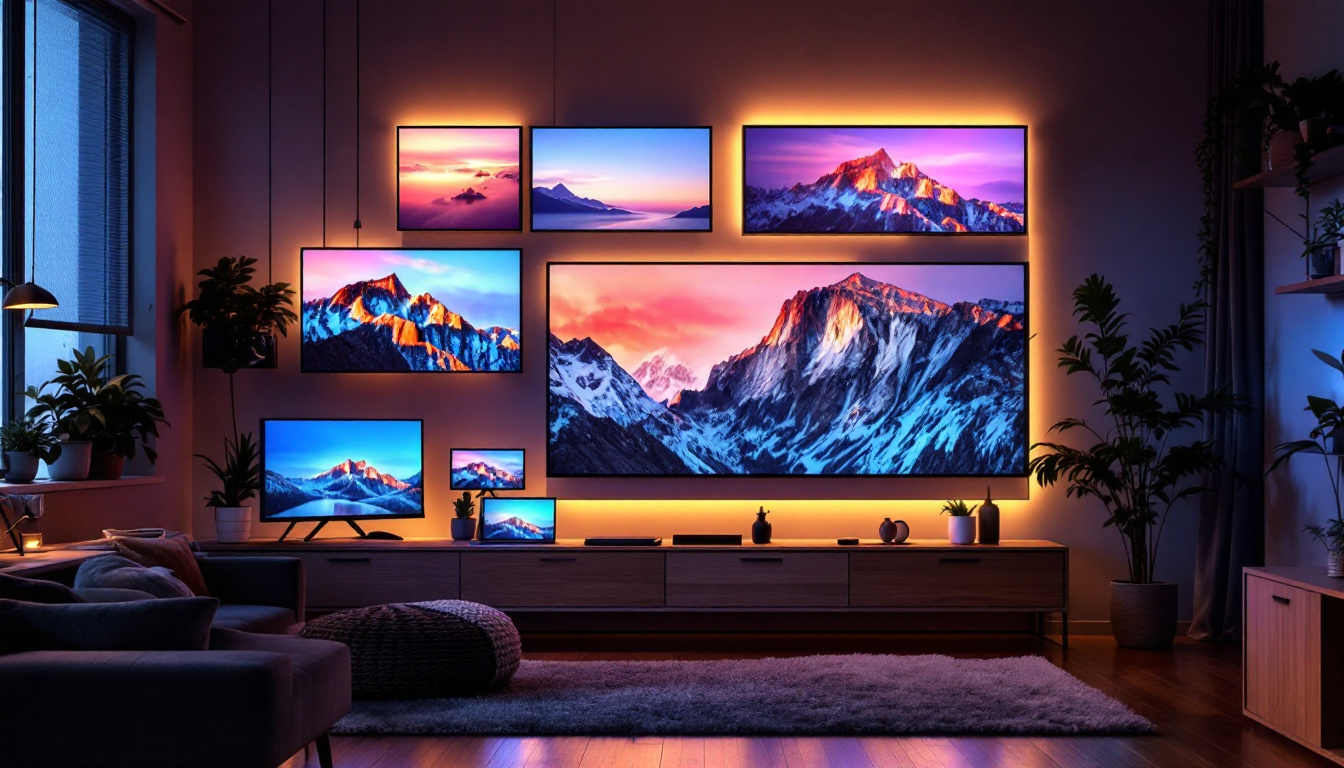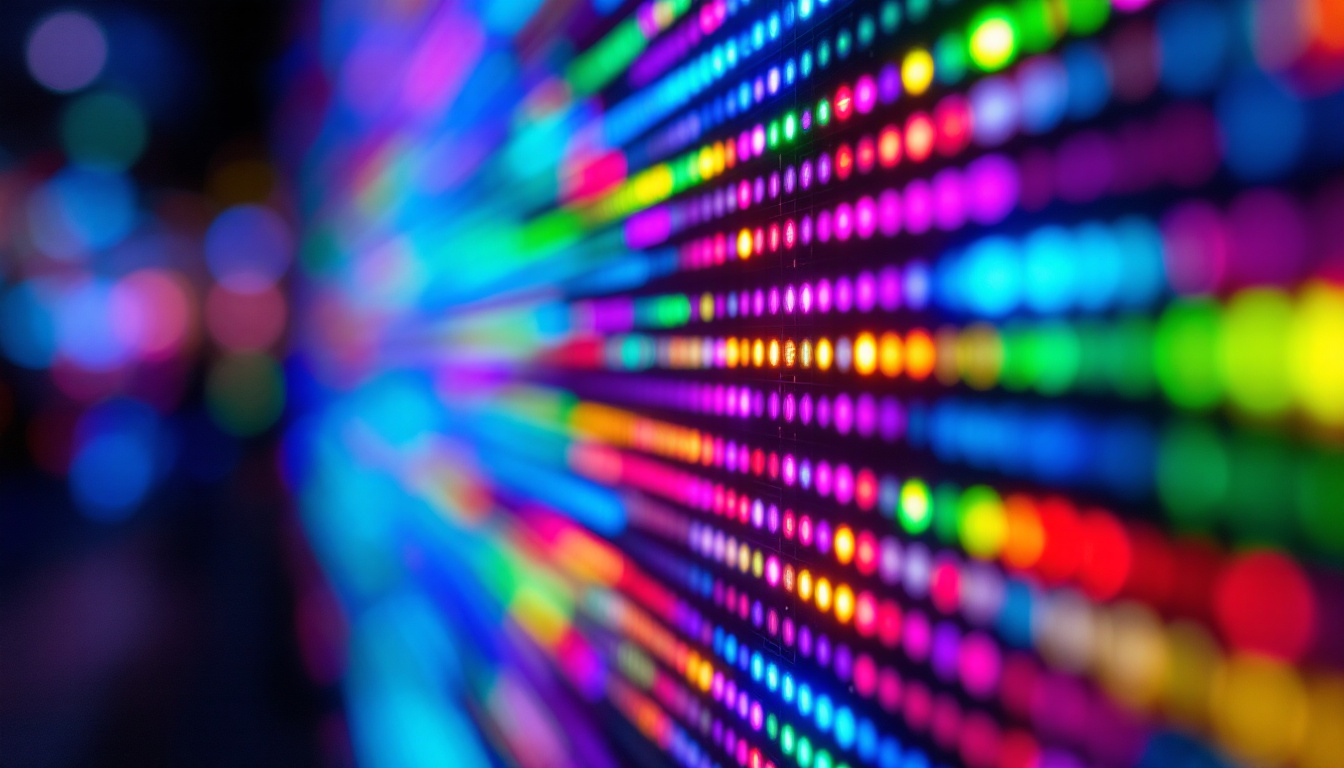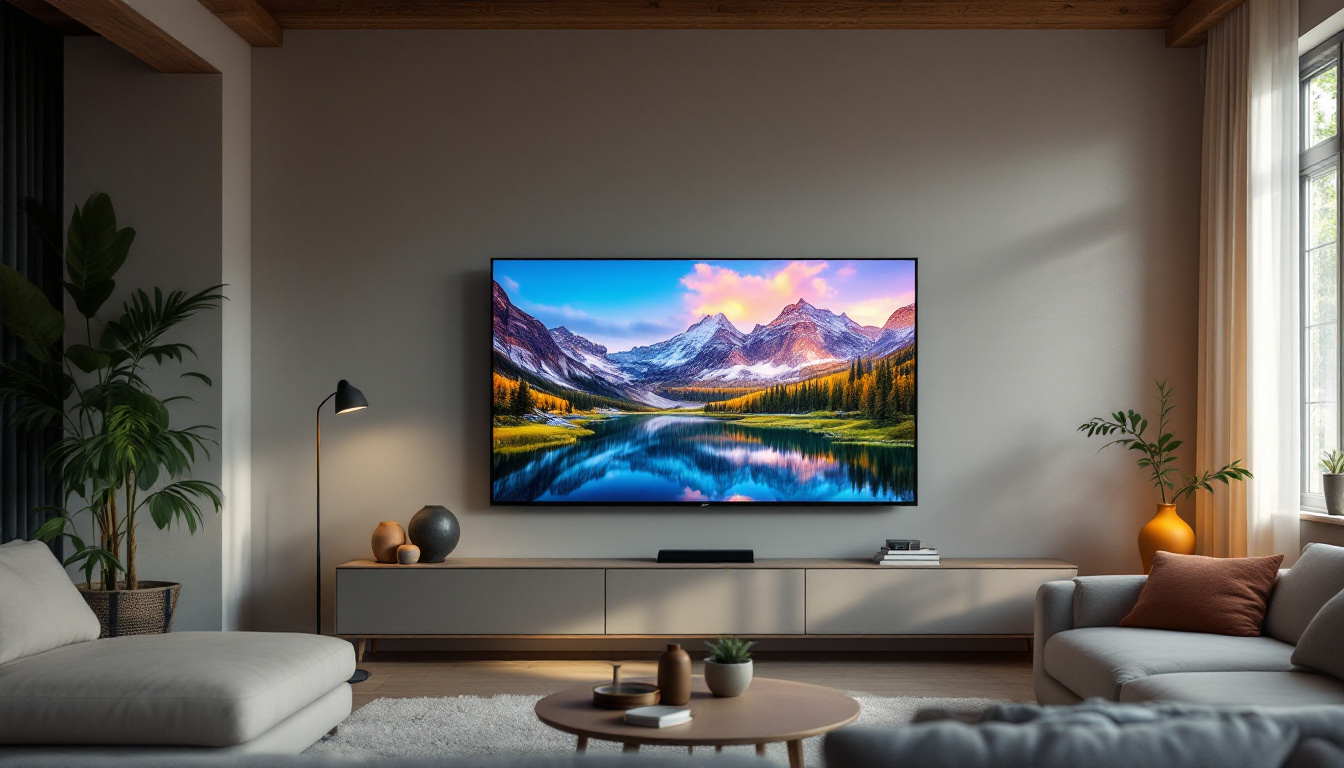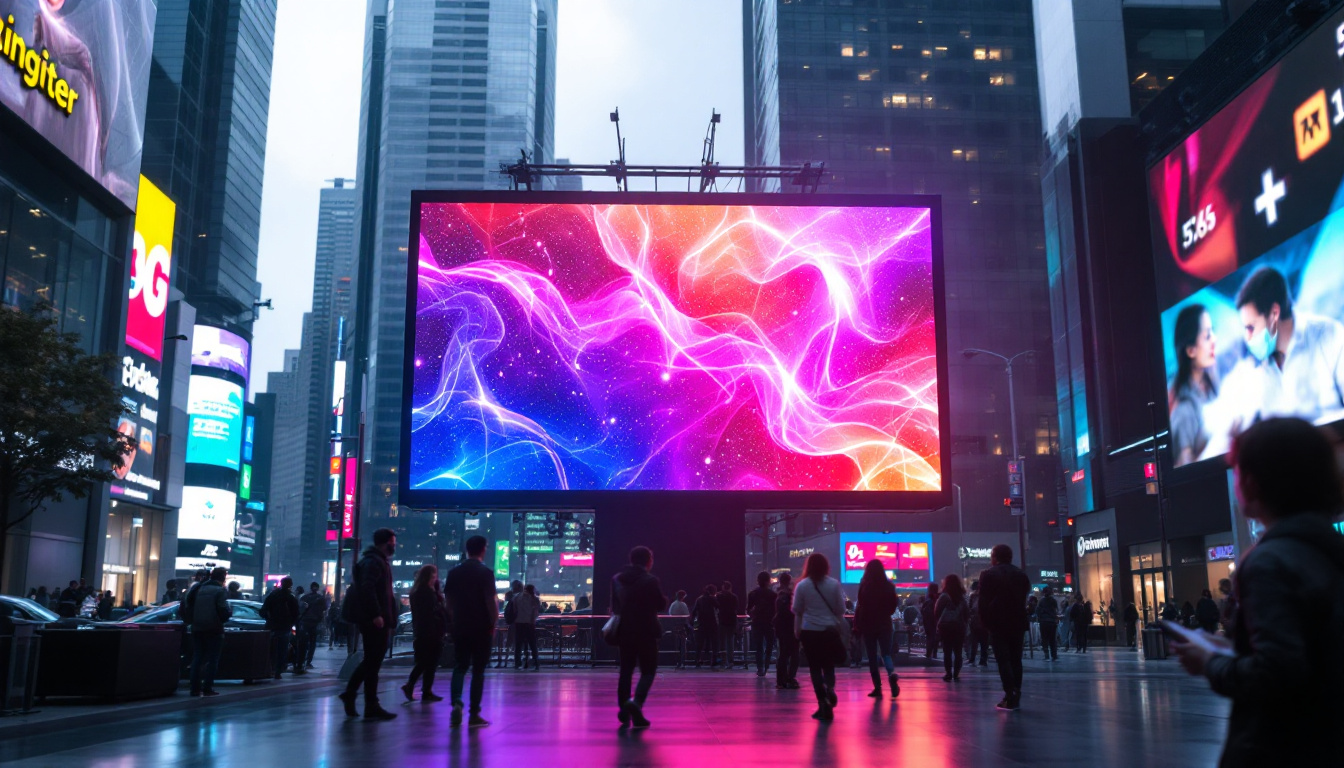In the ever-evolving landscape of digital advertising and information dissemination, LED displays have emerged as a pivotal technology. These vibrant screens are not just a modern aesthetic choice; they are powerful tools for communication, marketing, and engagement. This article delves into the intricacies of LED displays, their functionality, and their impact on various sectors.
Understanding LED Technology
Light Emitting Diodes (LEDs) are semiconductor devices that emit light when an electric current passes through them. This technology has transformed the way visual information is presented, making it brighter, more energy-efficient, and longer-lasting than traditional display technologies. The evolution of LED technology has not only enhanced the aesthetics of visual displays but has also significantly reduced energy consumption, contributing to a more sustainable future.
The Basics of LED Operation
At the core of LED technology is the principle of electroluminescence. When electrons move through a semiconductor material, they release energy in the form of photons, creating visible light. This process is not only efficient but also allows for a wide range of colors and brightness levels, making LEDs suitable for various applications. The ability to fine-tune the semiconductor materials used in LEDs has led to advancements in color quality and energy efficiency, pushing the boundaries of what is possible in lighting and display technology.
LED displays are composed of numerous tiny diodes arranged in a grid. Each diode can be individually controlled to produce different colors and intensities, resulting in dynamic images and videos. This flexibility is what sets LED displays apart from traditional LCD or projection systems. Additionally, the compact size of LEDs allows for thinner and lighter display designs, which is particularly beneficial for modern architectural applications where space is at a premium.
Types of LED Displays
LED displays come in various forms, each tailored for specific uses. The most common types include:
- Indoor LED Displays: Designed for use in enclosed spaces, these displays offer high resolution and brightness, making them ideal for retail environments, concert venues, and corporate settings. Their vibrant colors and sharp images can captivate audiences, enhancing the overall experience in any setting.
- Outdoor LED Displays: Built to withstand the elements, outdoor displays are larger and brighter, ensuring visibility even in direct sunlight. They are commonly used for billboards, sports arenas, and public information systems. The durability of these displays is crucial, as they often need to operate continuously in varying weather conditions without compromising performance.
- Transparent LED Displays: These innovative displays allow for visibility through the screen, making them perfect for storefronts and creative advertising solutions. By blending seamlessly with their surroundings, transparent LED displays can create eye-catching effects while still allowing light to pass through, maintaining the ambiance of the environment.
In addition to these common types, there are also specialized LED displays such as flexible LED screens that can be bent or shaped to fit unique designs, and high-definition LED walls that provide stunning visuals for large-scale events. The versatility of LED technology continues to inspire new applications, from art installations to interactive displays, showcasing its potential to revolutionize how we engage with visual content.
Applications of LED Displays
LED displays have found applications across various industries, revolutionizing the way information is conveyed to audiences. Their versatility and effectiveness make them a preferred choice for many businesses.
Advertising and Marketing
In the realm of advertising, LED displays serve as eye-catching mediums that can capture attention quickly. Their ability to display vibrant colors and dynamic content makes them ideal for marketing campaigns. Brands can showcase their products, services, and promotions in real-time, enhancing customer engagement.
Moreover, the ability to change content on-the-fly allows advertisers to tailor messages based on audience demographics, time of day, or current events. This adaptability ensures that marketing strategies remain relevant and impactful. Additionally, the integration of social media feeds into LED displays has opened new avenues for interaction, allowing brands to create a two-way dialogue with their audience. By displaying user-generated content or live social media posts, companies can foster a sense of community and encourage customer participation in their campaigns.
Information Dissemination
LED displays are widely used for public information systems, such as transportation updates, weather alerts, and event announcements. Their visibility and clarity make them effective for communicating important information to large audiences.
In transit hubs, for instance, LED displays provide real-time updates on schedules and delays, helping passengers navigate their journeys more efficiently. Similarly, in educational institutions, LED screens can be used to share announcements, schedules, and important notices with students and staff. Beyond these applications, LED displays are also utilized in emergency management systems, where they can quickly disseminate critical information during natural disasters or public safety incidents. Their ability to operate in various weather conditions ensures that vital alerts reach the public without delay, potentially saving lives and enhancing community safety.
Entertainment and Events
The entertainment industry has embraced LED technology for concerts, festivals, and sporting events. Large-scale LED screens enhance the audience experience by providing high-quality visuals that complement performances.
From displaying live feeds of events to showcasing stunning graphics and animations, LED displays contribute significantly to the overall atmosphere. Their ability to adapt to various lighting conditions ensures that audiences remain engaged, regardless of the time of day. Furthermore, the use of LED technology in stage design has transformed traditional performances into immersive experiences. Creative lighting effects, synchronized visuals, and interactive displays can elevate storytelling in theater productions and enhance the emotional impact of live performances. As technology continues to evolve, we can expect even more innovative uses of LED displays in the entertainment sector, including augmented reality integrations that blur the lines between the digital and physical worlds, captivating audiences like never before.
Advantages of LED Displays
The popularity of LED displays can be attributed to several key advantages that set them apart from other display technologies.
Energy Efficiency
One of the most significant benefits of LED displays is their energy efficiency. Compared to traditional lighting solutions, LEDs consume significantly less power, resulting in lower operational costs. This efficiency is particularly beneficial for businesses looking to reduce their carbon footprint and operational expenses. Moreover, the reduced energy consumption not only translates to savings on electricity bills but also contributes to a more sustainable future, as less energy demand means fewer greenhouse gas emissions from power plants. Many organizations are now prioritizing energy-efficient technologies, and LED displays fit perfectly within this eco-conscious framework.
Longevity and Durability
LED displays are known for their longevity, often lasting tens of thousands of hours before requiring replacement. Additionally, they are more resistant to damage from impacts and environmental factors, making them suitable for both indoor and outdoor applications. This durability is particularly advantageous for outdoor advertising, where displays are exposed to harsh weather conditions, including rain, snow, and extreme temperatures. The robust construction of LED displays means that they can withstand these elements without compromising performance, ensuring that businesses can maintain their advertising presence without frequent replacements or repairs.
High Brightness and Contrast
LED technology provides exceptional brightness levels, ensuring visibility in various lighting conditions. This high brightness, combined with excellent contrast ratios, allows for clear and vibrant images, even in direct sunlight or dimly lit environments. The ability to maintain image clarity and color accuracy under different lighting conditions makes LED displays ideal for a wide range of applications, from digital billboards to indoor signage in shopping malls. Furthermore, advancements in LED technology have led to the development of displays that can adjust their brightness automatically based on ambient light, enhancing user experience and reducing eye strain for viewers.
Versatility in Design
Another notable advantage of LED displays is their versatility in design and application. They can be configured in various shapes and sizes, allowing for creative installations that can fit any space or aesthetic requirement. From large-scale video walls in stadiums to sleek, curved displays in retail environments, the flexibility of LED technology enables businesses to tailor their visual communications to meet specific needs. This adaptability extends to content as well, as LED displays can showcase dynamic video, animations, and real-time data, making them an engaging choice for marketing and informational purposes.
Low Maintenance Requirements
In addition to their longevity, LED displays require minimal maintenance compared to other display technologies. The solid-state design of LEDs means that they are less prone to burn-in and other common issues associated with older display types, such as CRTs or LCDs. This reliability reduces the need for frequent maintenance checks and repairs, allowing businesses to focus their resources on other critical areas. Moreover, many LED displays come equipped with self-diagnostic features that can alert users to potential issues before they become significant problems, further enhancing their ease of use and reliability in various settings.
Challenges and Considerations
While LED displays offer numerous advantages, there are also challenges and considerations that businesses must address when implementing this technology.
Initial Investment Costs
The initial cost of purchasing and installing LED displays can be significant, particularly for large-scale installations. Businesses must weigh the long-term benefits against the upfront investment, considering factors such as return on investment (ROI) and potential revenue generation.
Content Management
Effective content management is crucial for maximizing the impact of LED displays. Businesses must invest in software and strategies to create engaging and relevant content that resonates with their target audience. Regular updates and maintenance are essential to keep the display fresh and effective.
Technical Expertise
Operating and maintaining LED displays requires a certain level of technical expertise. Businesses may need to provide training for staff or hire specialists to ensure that the displays function optimally and any issues are promptly addressed.
The Future of LED Displays
The future of LED displays looks promising, with advancements in technology continually enhancing their capabilities. Emerging trends are likely to shape the way businesses and organizations utilize this technology.
Integration with Smart Technology
As smart technology becomes increasingly prevalent, LED displays are expected to integrate seamlessly with other digital systems. This integration will allow for more sophisticated content management and data-driven advertising strategies, enabling businesses to deliver personalized experiences to their audiences.
Improved Resolution and Flexibility
Future developments in LED technology will likely lead to even higher resolutions and greater flexibility in display formats. This could include flexible LED screens that can be shaped to fit various environments, offering creative possibilities for advertising and information dissemination.
Environmental Considerations
As sustainability becomes a priority for many organizations, the LED display industry is also focusing on reducing its environmental impact. Innovations in materials and manufacturing processes are expected to lead to more eco-friendly displays, aligning with global efforts to promote sustainability.
Conclusion
LED displays have revolutionized the way information is communicated and experienced. Their vibrant colors, energy efficiency, and versatility make them an invaluable asset across various industries. While there are challenges to consider, the benefits of LED technology far outweigh the drawbacks.
As businesses continue to explore innovative ways to engage their audiences, LED displays will undoubtedly play a central role in shaping the future of advertising, information dissemination, and entertainment. Embracing this technology not only enhances visibility but also fosters deeper connections with audiences, making it a worthwhile investment for any organization.
Discover LumenMatrix LED Display Solutions
Ready to elevate your visual communication and engage your audience like never before? Explore LumenMatrix’s innovative LED display solutions, where cutting-edge technology meets creative design. From vibrant Indoor and Outdoor LED Walls to dynamic Vehicle and Sports Displays, our extensive range of products, including the sleek LED Poster and versatile Floor LED Displays, is tailored to captivate and impress. Embrace the future with Custom, All-in-One, and Transparent LED Displays that transform any space into a mesmerizing visual experience. Check out LumenMatrix LED Display Solutions and see how we can illuminate your brand’s message with clarity and impact.

